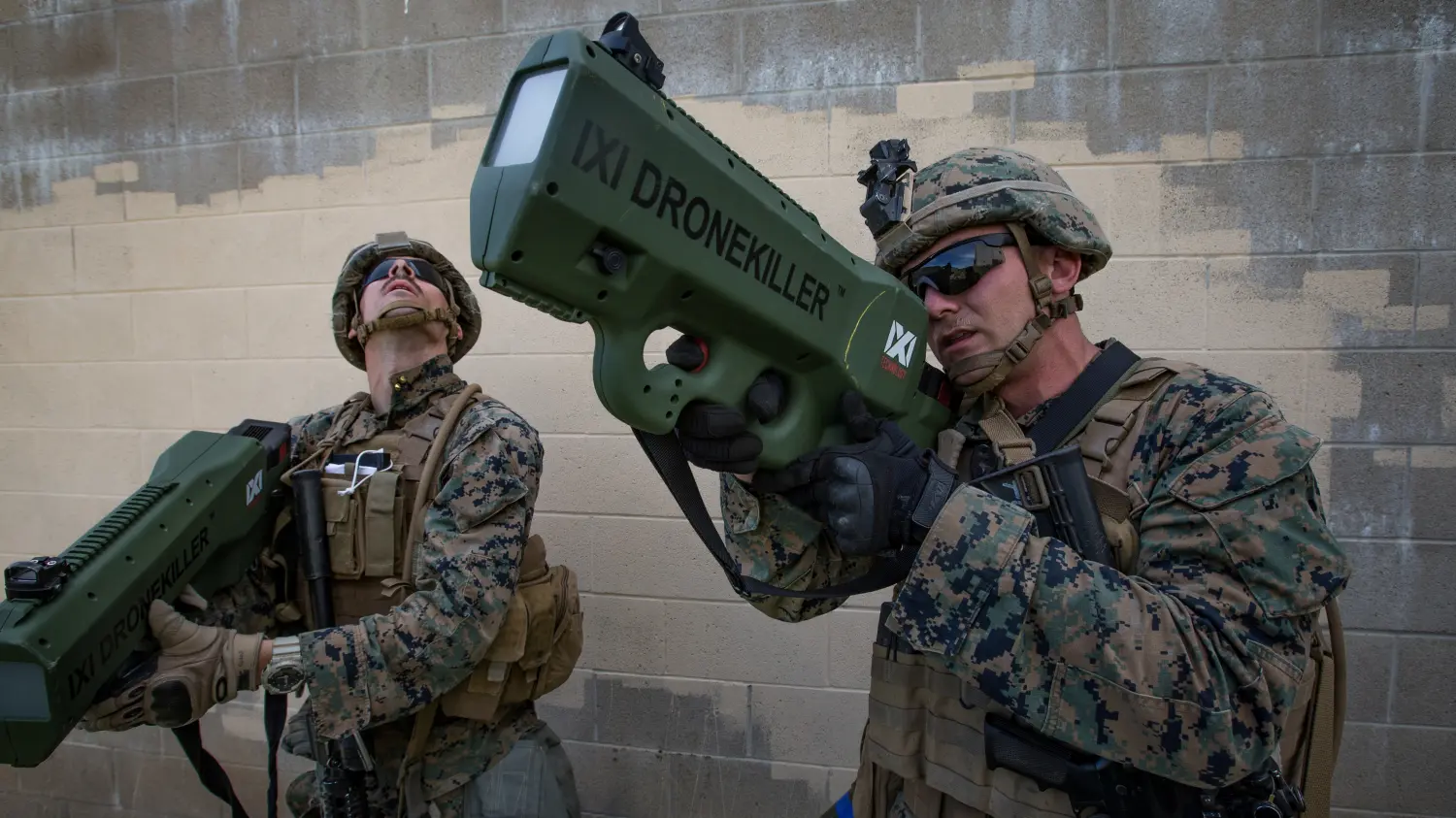Military Technology: US Space Laser Weapon Strikes China in Just One Second!
The world of military technology has entered a new era with the development and deployment of space-based laser weapons. Recently, reports have surfaced that the United States successfully tested a space laser weapon capable of striking a target in China within just one second. This breakthrough highlights the growing tensions in space warfare and the rapid advancements in defense technology.
The Growing Role of Space in Military Technology
Space has become a critical domain for modern military operations. By 2035, the global space economy is projected to reach $1.8 trillion, far surpassing the GDPs of most countries. Satellites are essential for communication, navigation, weather forecasting, and military coordination. Disabling these satellites could paralyze an entire nation without firing a single shot on Earth.
This reliance on space assets has turned satellites into both valuable resources and potential targets. Nations like the U.S., China, and Russia are racing to develop technologies that can protect their own satellites while neutralizing those of their adversaries.
Laser Weapons: The Future of Space Warfare
Laser weapons are at the forefront of this technological race. Once confined to science fiction, they are now a reality thanks to decades of research and billions of dollars in investment. These weapons offer several advantages:
- Pinpoint Accuracy: Lasers can target and disable satellites with extreme precision.
- Speed-of-Light Strikes: Laser beams travel at approximately 186,000 miles per second, allowing for near-instantaneous attacks.
- Silent and Invisible: Unlike traditional weapons, lasers operate without sound or visible projectiles.
- Cost-Effectiveness: Laser systems require only electricity to fire, making them more economical than traditional munitions.
The U.S. has been a leader in laser weapon development, with systems like HELIOS (High Energy Laser with Integrated Optical-dazzler and Surveillance) already operational. These advancements ensure that the U.S. remains at the forefront of military technology.
China's Advancements in Space Warfare
China is also making significant strides in space-based military technology. Reports indicate that China has developed ground-based laser systems capable of targeting satellites over 60 miles away in orbit. Additionally, Chinese researchers have created the Relativistic Kinetic Amplifier (RKA), a directed energy weapon designed to jam or destroy satellite electronics using powerful wave bursts.
These developments reflect China's ambition to challenge U.S. dominance in space warfare. With hypersonic missiles like the DF-17 and advanced satellite systems, China is rapidly becoming a formidable player in this new theater of conflict.
The U.S. Response: A Multi-Domain Approach
In response to these advancements, the U.S. is investing heavily across multiple domains:
- Air Power: $61 billion allocated for fighter jets (F-22, F-35), bombers (B-21 Raider), and unmanned aerial vehicles.
- Sea Power: $48 billion for new battleships, nuclear-powered submarines, and advanced aircraft carriers.
- Land Power: $13.9 billion for modernizing Army and Marine Corps equipment.
- Nuclear Capabilities: $37.7 billion for enhancing command-and-control systems for nuclear forces.
These investments highlight the U.S.'s commitment to maintaining its technological edge across all domains, including space.
Implications for Global Security
The deployment of space laser weapons raises significant questions about global security and the future of warfare. With nations racing to develop offensive and defensive capabilities in space, the potential for conflict beyond Earth's atmosphere is growing rapidly.
While these advancements showcase human ingenuity, they also underscore the need for international agreements to prevent an arms race in space. Without such measures, the risk of escalation could have catastrophic consequences for humanity.
Conclusion
The recent deployment of a U.S. space laser weapon capable of striking targets within seconds marks a pivotal moment in the evolution of military technology. As nations like China and Russia continue to develop their own capabilities, the race for dominance in space is intensifying.
Will this technological competition lead to greater security or increased tensions? Only time will tell. For now, one thing is certain—space has become the ultimate frontier for military innovation.
Stay tuned for more updates on military technology and space warfare as we continue to explore these groundbreaking advancements!
